Hot weather hiking: How to protect yourself from the sun
Sunny days are perfect for lacing up your boots and heading out to find a mountain summit, an alpine lake, or a dramatic canyon. If you can get over the constant sweat, the chase after water, and the loss of appetite, you’ll be just fine. Nevertheless, even if you’re an avid outdoor person, you need to be careful. While hiking offers tremendous health benefits, there are certain dangers associated with spending too much time in the fun. You can get a sunburn, in case you didn’t already know. Sunburns are very common at high altitudes because there’s less of the Earth’s atmosphere to block the sunlight.
It’s important to enjoy the outdoors in a way that is healthy for your skin. Even one sunburn can increase your risk of skin cancer. What is more, it can age the skin prematurely. A mild sunburn can be treated at home, but a severe one demands prompt medical attention. Nowhere on the planet are you safefrom UV exposure when hiking. The good news is that there are things you can do to minimize your exposure. Keep on reading to find out what you can do to protect yourself from the sun.
Limit your time in the midday sun
Roughly half of the sun’s UV radiation is received between 10 a.m. and 4 p.m. Therefore, you should avoid at all costs spending time outside during these hours. Even relatively short sun exposure can lead to serious skin damage. Not only does sunburn damage the skin, but it’s painful. Most sunburns result in mild redness and pain. If you have your mind set on day hiking, it’s recommended to select those trails that provide shade. You should never prolong the duration of sun exposure, especially if your skin isn’t used to it. Keep it down to short bursts. 10 minutes is enough.
 Staying safe in the sun is vital if you want to stay healthy while hiking in the summer months
Staying safe in the sun is vital if you want to stay healthy while hiking in the summer months Image source
It’s in your best interest to avoid the hottest time of the day. Get up early and do what you like. You don’t have to worry about finding a parking space and there’s no chance of running out of daylight. In the winter or colder months of the year, you may find it a little bit chilly. Yet, you’ll warm up quickly when heading uphill. If you can’t get back to the trailhead, you can get help before dark, so don’t panic. Equally, if you get injured, you’ll manage to find assistance. Pack everything that you’re going to need with you, including illumination and breakfast. And get plenty of sleep ahead.
Dress appropriately for the hike
Needless to say, it’s important to wear appropriate clothing. Wear light colours such as whites and pastels because they provide better protection against the sun’s harmful rays. Dark colours, on the other hand, like blue or violet, absorb more UV, so the rays are highly likely to reach your skin. Look for pieces of clothing in white, tan, or khaki. Most importantly, cover as much of your skin as possible when heading out in the Great Outdoors. Stay away from fabrics with a loose or open weave, such as lace. Nylon and polyester are good choices, helping your body regulate temperature.
Some clothing is manufactured to ensure sun protection. The Ultraviolet Protection Factor gives you an idea of just how much UV radiation can reach your skin. If you have darker skin pigmentation, you can benefit from UPF-rated clothing. In your case, UV damage is harder to spot and you could get in trouble if you’re less vigilant. Surprising as it may seem, looser threads provide better protection. If a piece of clothing is too tight, what happens is that the fabric fibres stretch or tear. That’s the last thing you want. Wearing tight clothing is generally not a good idea.
Always use sunscreen
When you’re out and about in the mountains, you’re exposed to the elements. If you get a sunburn, it’s a good idea to use healing salve. Even if you don’t have a sunburn, this after-sun treatment will rehydrate and soothe your sun-kissed skin. A quality sunscreen will protect you from the sun. It blocks and absorbs UV rays through a fusion of physical and chemical particles. It’s recommended to use sunscreen with an SPF of at least 30 or higher to achieve adequate protection. The happier you are with your sunscreen, the more likely you are to use it. These days, there are more options to choose from than ever, especially when it comes to the natural sunscreen realm. Natural means that the sunscreen is mineral-based and non-toxic.
Conventional sunscreens contain numerous toxic ingredients, so it doesn’t come as a surprise that holistic skincare products are becoming mainstream. If you love natural skincare products, you’ll love using a sun care cream with organic calendula and shea butter. Reduce the number of chemicals that you’re exposed to on a daily basis. These ingredients haven’t been proven to be safe. What is more, you should reduce the negative impact on the environment. Chemical- based sunscreens pollute the environment. It’s best to avoid causing harm to fragile ecosystems. Apply sunscreen at least 15 minutes before exposure.
Remember to protect your eyes
Your eyes can get sunburned. The condition is called photokeratitis. While sunburned eyes are relatively harmless, you might struggle with the long-term effects associated with prolonged exposure to the sun. consequences include macular degeneration and severely dry eyes. You can get photokeratitis by looking directly at the sun or spending lots of time outdoors. So, if you’re into hot weather hiking, protect your eyes too. Even if it’s not particularly sunny, UV radiation is still strong and will cause damage. No matter what form of hiking you like, you need a suitable pair of glasses.
Sunglasses complete your equipment. Polarized lenses can reduce glare and significantly improve your views. In other words, they make the surroundings look better. While you may be more preoccupied with factors such as style, there’s nothing more important than UV protection. Select a pair of sunglasses that completely blocks the sun’s rays. If you don’t find enough info on the sticker of the product, don’t hesitate to ask the salesperson for more details. You need to get a good idea of what you’re buying.
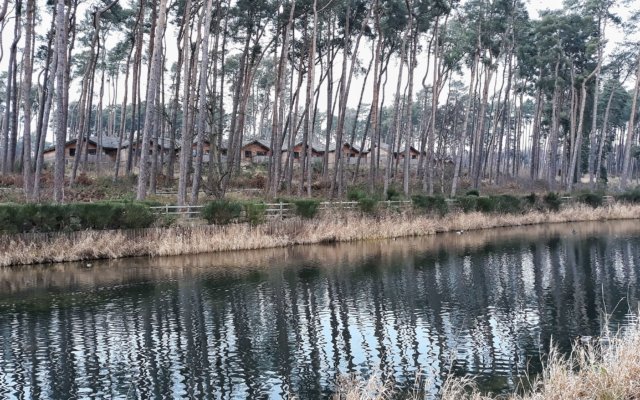
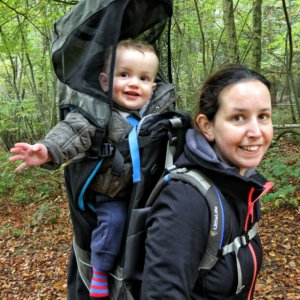
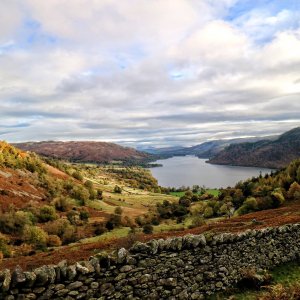
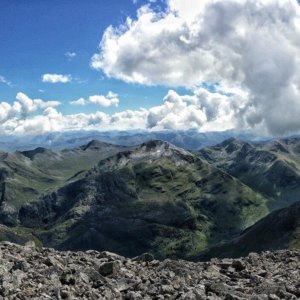

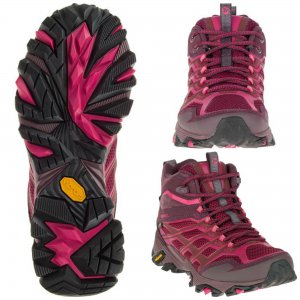

No Comments Yet!
You can be first to comment this post!